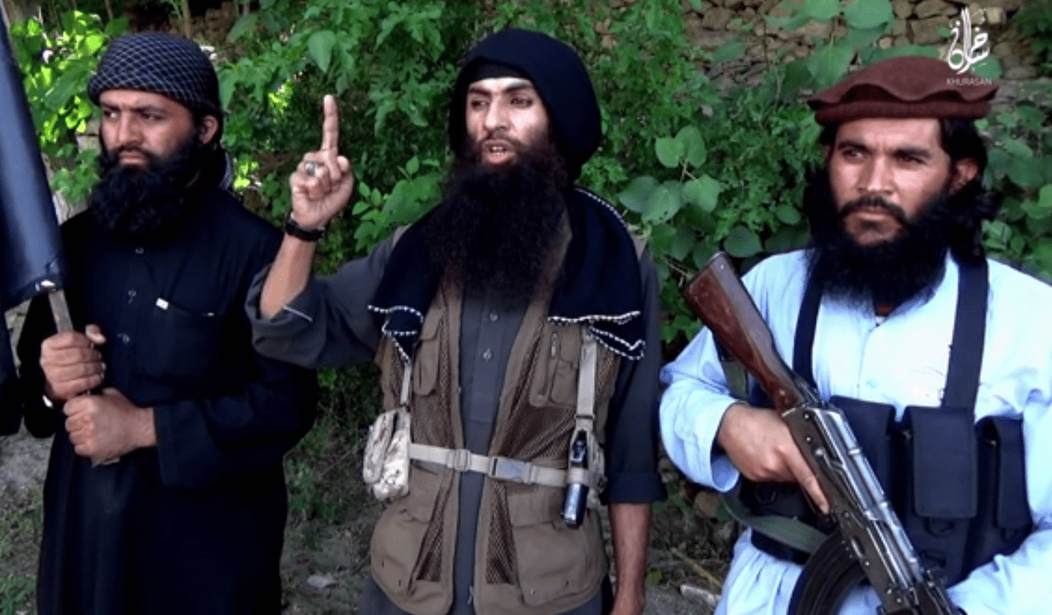WASHINGTON — The largest non-nuclear bomb in the U.S. arsenal was dropped in an Afghan province today in what officials said was a strike against an underground complex that was providing free movement to ISIS fighters.
It was the first time the GBU-43/B Massive Ordnance Air Blast — aka the Mother of All Bombs, first tested by the U.S. in 2003 — was used in combat.
Resolute Support Mission said the bomb packed with 11 tons of TNT was dropped at 7:13 p.m. local time in the Achin District of Nangarhar province “as part of an ongoing effort to defeat ISIS-K in Afghanistan in 2017.”
The MOAB was dropped from an MC-130. “The strike was designed to minimize the risk to Afghan and U.S. forces conducting clearing operations in the area while maximizing the destruction of ISIS-K fighters and facilities,” the statement added, using the abbreviation for ISIS Khorasan.
“As ISIS-K’s losses have mounted, they are using IEDs, bunkers and tunnels to thicken their defense,” said Gen. John Nicholson, commander of U.S. Forces Afghanistan. “This is the right munition to reduce these obstacles and maintain the momentum of our offensive against ISIS-K.”
The Resolute Support statement added that U.S. forces “took every precaution to avoid civilian casualties with this strike.” Results of the strike were still being evaluated.
An Afghan National Army (ANA) official who did not want to be named told Afghanistan’s Tolo TV that they were not aware a bomb so large was going to be dropped. VOA Afghanistan reported a spokesman for the governor of Nangarhar said “we had no prior information about this bomb.”
Afghan journalists noted that Achin District is naturally difficult terrain to cover, and it was difficult for local media to immediately ascertain if there were civilian casualties among villages in the area.
White House press secretary Sean Spicer would not say if President Trump was involved in the decision-making process to use the MOAB. Spicer simply confirmed to reporters that the bomb “targeted a system of tunnels and caves that ISIS fighters used to move around freely, making it easier for them to target U.S. military advisers and Afghan forces in the area.”
“The United States takes the fight against ISIS very seriously and in order to defeat the group, we must deny them operational space, which we did,” he said.
Spicer referred other questions to the Defense Department.
At a later appearance with first responders, Trump was asked if he approved the strike. “Everybody knows exactly what happened…. What I do is I authorize my military,” he said without elaborating.
“We’re very, very proud of our military,” Trump said. “It was another successful event.”
The U.S. Army had just lost a soldier in Nangarhar. Staff Sgt. Mark R. De Alencar, 37, of Edgewood, Md., who was assigned to 1st Battalion, 7th Special Forces Group (Airborne) at Eglin Air Force Base in Florida, was killed April 8 “when his unit came in contact with enemy forces using small arms fire during combat operations,” according to the DoD.
The bombing comes ahead of a Kabul visit by National Security Advisor H.R. McMaster to assess whether additional U.S. forces are needed in Afghanistan. McMaster is scheduled to meet Indian Prime Minister Narendra Modi this weekend in New Delhi.









Join the conversation as a VIP Member